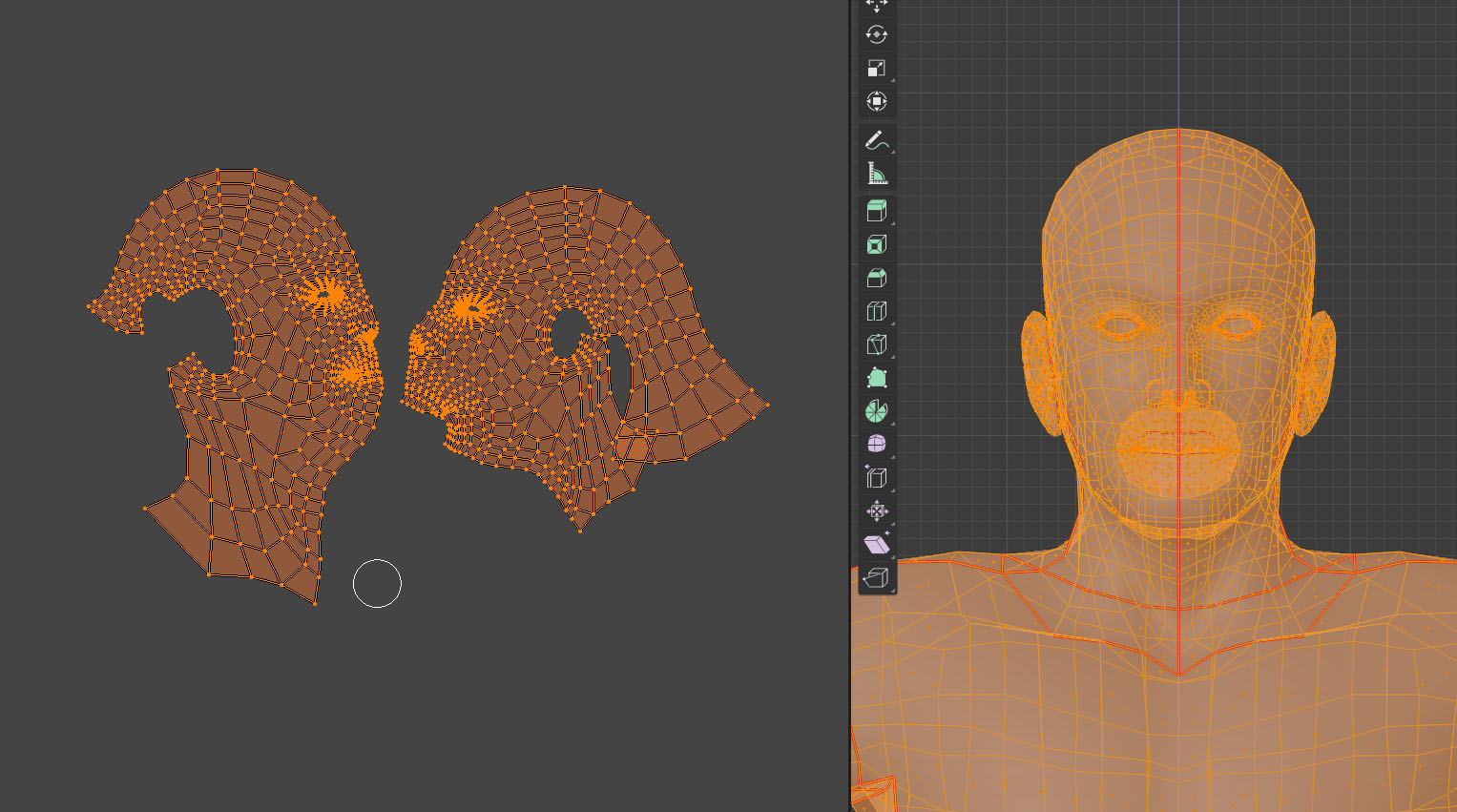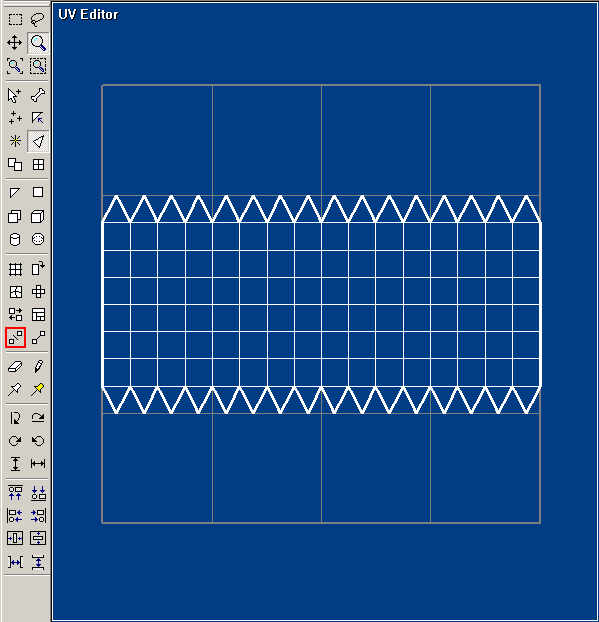

2 nd is the solid mode, which can be used to show the mesh without any texture or material in solid form. The 1st mode that is shown is a wireframe.

You can also access them by hitting the ‘Z’ key, which displays these modes in a pie menu as shown in the image. Note: There are four viewport shading modes which are located next to the X-ray mode. Before that, you will need to change the 3D view for rendering the textured objects. It will be really useful to have some reference while working. Step 11: Now, what we have with us is the raw UV data. It is even more clear now about the purpose of marking the seams. You will find other unwrapping options as well.įinally, the cube is unwrapped. Step 10: For unwrapping your selection, use UV, then Unwrap or keep the mouse on the 3D view and hit (u and Unwrap). Now we will unwrap them by selecting all the faces (Press ‘a’). Scroll down and choose the show seams option. However, if not, press ‘n’, with the mouse above the 3D view. The seam edges will be marked in red color. For doing that, Select Edges and click 0n Mark Seam option.Īlternatively, you can keep the mouse over the 3D view and press Ctrl+E and Mark Seam. Step 8: Next, you can mark the edges as seams.

Now, for selecting the edges, use the edge select icon on the top left panel as shown below. For better understanding, imagine seams as cuts made in a 3D model for converting them to 2D shapes. Step 7: Now, we can begin selecting edges to make them into seams. Note: For users of previous Blender versions, turn off the‘ limit selection to visible’ feature as ‘Show the whole scene transparent’ is not available in older versions. This makes all the objects in the scene to appear in semi-transparent/semi-opaque irrespective of whether they are in alteration or editing modes. For the easy selection of edges on the other sides, select ‘Show the Whole Scene Transparent’. Seams are simply the edges therefore, the mode needs to be in edge select mode. Step 6: After that, we have to mark seams. Step 5: Next, change the Mode from Object to Edit. I would just rather go with zero stretch even though the model is low poly and looks ugly, I know how the foam will behave.Step 4: Select the Model you have to unwrap. That might be a very good way to go for you, after you get good at estimating how much stretch is acceptable. If you model a high poly object in Blender and then flatten it into UV islands you will get the same effect (using Show Stretch checkbox in the properties panel of the UV editor). Many softwares (like Rhino) flatten the mesh and then indicate visually how much stretching is going on.
Unwrap 3d model software#
Software like Plushie or Easy Toy look like they get better results because the models are very high poly and so very well detailed, but when the UV islands are separated there is inevitable stretching. For my part, I want zero error so I model very low poly so that the UV layout will have zero distortion and I know exactly what I’m getting. It’s going to become a matter of judgement on your part how much is acceptable. Unless using fabrics like vinyl, all fabrics will stretch and therefore not only will they allow for some ‘cheating’ on the patterns as you suggest, but they will distort in bad ways also once the project is sewn and stuffed. The distortion question is a very good one. If you made this object with fabric, sewed it together and stuffed it, it would curve into the teardrop shape.

Then the panels are glued together edge to edge. It’s very low poly (only 8 segments) but the 1" foam panels from which it is made are heated and bent into their curved shape. To make long story shorter: Is there a way of unwrapping islands so they are ready for sewing and creating real world plush toy? Thanks
Unwrap 3d model pdf#
There is some math magic behind the plushie described in pdf file ( ) and perhaps this is how unwrapping in this case should be done… Well, Plushie doesn’t work on my comp and to create islands in Easy toy, one needs a Pattern image program, which seems to be impossible to get (I wrote email to developer - no response) There are actually two software programs that are designed for plush toy creation: People mostly recommended pepakura software, which is meant to create 3D paper models, but this is suitable only for very low poly models. Well, I browsed here and there and there were lots of tips, however I don’t think they actually work well. I was wondering, if there is a way to unwrap 3D model the way that it is actually possible to create real plush toy from the unwrapped islands.


 0 kommentar(er)
0 kommentar(er)
